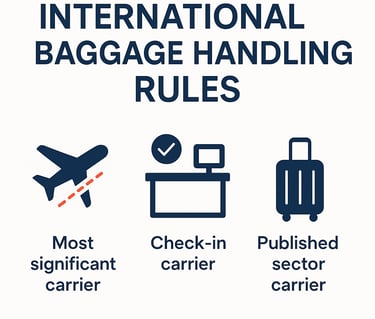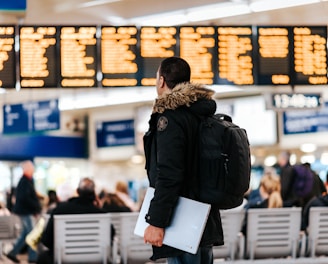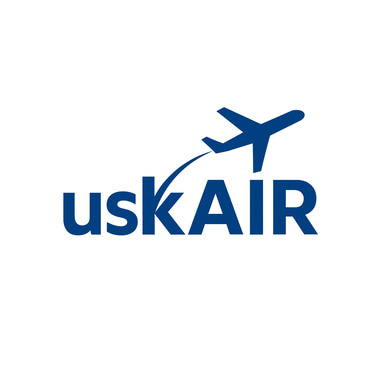Codeshare Flights: Who Really Decides Your Baggage Fees?
1. What Is a Codeshare?
Sometimes one flight is sold by two airlines under different flight numbers.
Example: You buy your ticket from American Airlines, but the plane is actually flown by Qatar Airways.
On your ticket, it will say:
AA1234 (operated by Qatar Airways)
The airline that sold the ticket = Marketing carrier.
The airline flying the plane = Operating carrier.


When you look at your ticket, have you noticed the line that says “operated by …”? That little note decides which airline’s baggage rules you must follow. Many travelers miss this and end up paying extra fees. Let’s break it down in the simplest way.
2. If so, Who Sets the Baggage Rules?
In most cases, it’s the operating carrier (the one flying the plane) whose baggage rules apply at check-in.
Example: You bought your ticket from American Airlines, but since Qatar Airways is operating the flight, Qatar’s baggage policy applies.


3. International Rules (IATA Resolution 302)
Because airlines often have different baggage rules, IATA created a standard system:
If all airlines involved have the same rules → those rules apply.
If rules are different → the rules of the Most Significant Carrier (MSC) apply (usually the airline flying the longest or most important international part).
If your trip starts or ends in the U.S. or Canada → U.S. DOT rules override everything, meaning the first marketing carrier’s baggage rules apply for the whole trip.


Not sure yet? That’s okay!
Don’t worry if the rules still feel a bit confusing — it happens to everyone.
The easiest way to understand is by looking at a real-life example
Real-Life Examples
Sometimes, rules can feel abstract, so let’s make them simple with a few real-life examples.
Example 1: Ulaanbaatar → Tokyo → Los Angeles
Airlines: MIAT Mongolian Airlines + Japan Airlines
Here, MIAT takes you from Ulaanbaatar to Tokyo. But the longest and most important part of the trip (Tokyo → Los Angeles) is flown by Japan Airlines (JAL).
Because JAL operates the long-haul international flight, JAL’s baggage rules will apply to your whole journey.
Although MIAT sold you the ticket, JAL’s policy determines your baggage allowance and fees.
Example 2: Lufthansa Ticket, Flight Operated by United Airlines
You book your ticket with Lufthansa, but on the day of travel, the actual flight is operated by United Airlines.
At check-in, the staff follow United’s baggage rules — not Lufthansa’s.
In other words, the name on your ticket isn’t always the one that sets the rules.
Example 3: Delta Ticket with KLM Flight (Journey Starting in the U.S.)
You buy a ticket from Delta Airlines, but one of your flights is operated by KLM.
Because the journey starts in the United States, U.S. Department of Transportation rules kick in.
That means the first marketing carrier (Delta) must apply its baggage rules across your whole trip — even on the KLM-operated flight.
This is a special case: in U.S.-related trips, the ticketing airline’s policy is the one that matters most.
To sum up, these examples highlight why you should always check:
Whether your trip starts or ends in the U.S./Canada.
That small detail can completely change your baggage fees.


5. What You Should Always Do
✔️ Check your ticket for “operated by …”.
✔️ If you plan to buy extra baggage → ask which airline’s rules will apply.
✔️ If the airlines are in the same alliance (Star Alliance, SkyTeam, Oneworld) → rules may be harmonized and baggage transfer is easier.
✔️ Flying from or to the U.S./Canada → the first airline that sold you the ticket sets the baggage rules for the entire journey.
If you still don’t understand, don’t worry.
Just ask the check-in agent or ground staff — they’ll help you and make sure you’re following the right baggage rules. And who knows? One day, it might even be me standing behind the counter, ready to guide you 🙂.


A Friendly Reminder
In most cases, your baggage rules follow the airline operating the flight.
For U.S./Canada trips, it’s the first airline that sold you the ticket.
So always double-check your ticket and ask if unsure — it saves you stress and extra fees.
